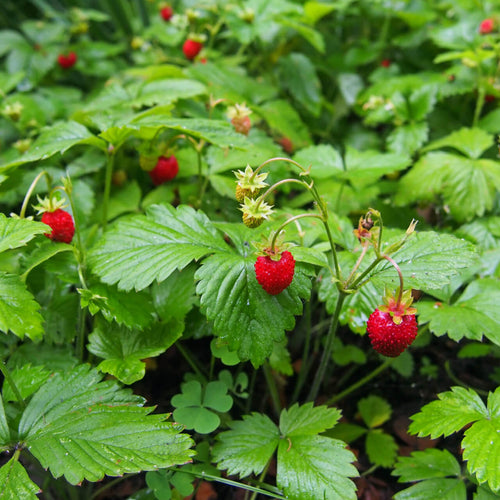More people are growing their gardens, but lately, there has been a disturbing amount of legislation and gardening ordinances. Local codes around the country are not only restricting vegetable gardens but outright outlawing raising food in various parts of the United States.
In places prone to droughts, there are restrictions as to when residents can water their lawns and vegetable gardens. Specific homeowners associations do not even allow residents to raise vegetable and fruit gardens on their property. That is not only problematic for gardening enthusiasts, but it takes a certain amount of audacity to tell someone what they can and cannot grow on their property. Also, local laws restrict and outright ban public vegetable gardening in communities that desperately need fresh fruits and veggies because their local grocery stores do not carry them. Because more people are raising their food and not buying fruits and veggies in grocery stores, various gardening ordinances have been imposed on people who garden and raise their food.
These rules and gardening ordinances come in various forms; some counties restrict fruit and vegetable gardening because of zoning laws, some homeowners associations ban residents from growing food gardens, and local and state legislation places restrictions on what people sell from their gardens.
In recent years, proposed gardening ordinances have been circulating in the House of Representatives to reach private residents who grow their food. Such rules and regulations run contrary to where people had purchased their fruits and veggies in previous decades; mom and pop farms provided fresh fruits and veggies to their local communities at reasonable prices. Because of big agriculture and industrial farming, there has been more emphasis on central gardening, where most people get their so-called natural fruits and veggies from the grocery store. However, many fruits and veggies sold in grocery stores are far from natural; most are sprayed with harmful chemicals and are genetically modified to the point where they are virtually useless regarding taste, potency, and nutrients.
When more people wish to seek self-sufficiency and independence in growing their food, there has been pushback in the form of gardening ordinances that dictate who can garden what. That is not happening all over the country, but there is a disturbing trend of gardening ordinances that are more harsh and strict. Be sure you know your local laws regarding raising vegetables and fruits on your property. If you are not happy with the local laws and restrictions regarding gardening, vote with your feet and move out of an area or neighborhood that does not allow you to grow the foods you like on your property. Write your local representative about gardening ordinances and frame it as a personal freedom issue. If enough people voice their opinions about gardening ordinances, local and state officials will be less likely to impose such measures on residents.



















































